An Artist Abroad: Sampurna Pal, Part 1 | The Hague, Netherlands
"Standing in the Intersection" is a culmination of expressions, with experiences and academic research by Indian artist Sampurna Pal during her stay in the Netherlands. She learned to a great extent about “misery and beauty and how they interplay in the vast theater of the everyday and mundane called LIFE.”
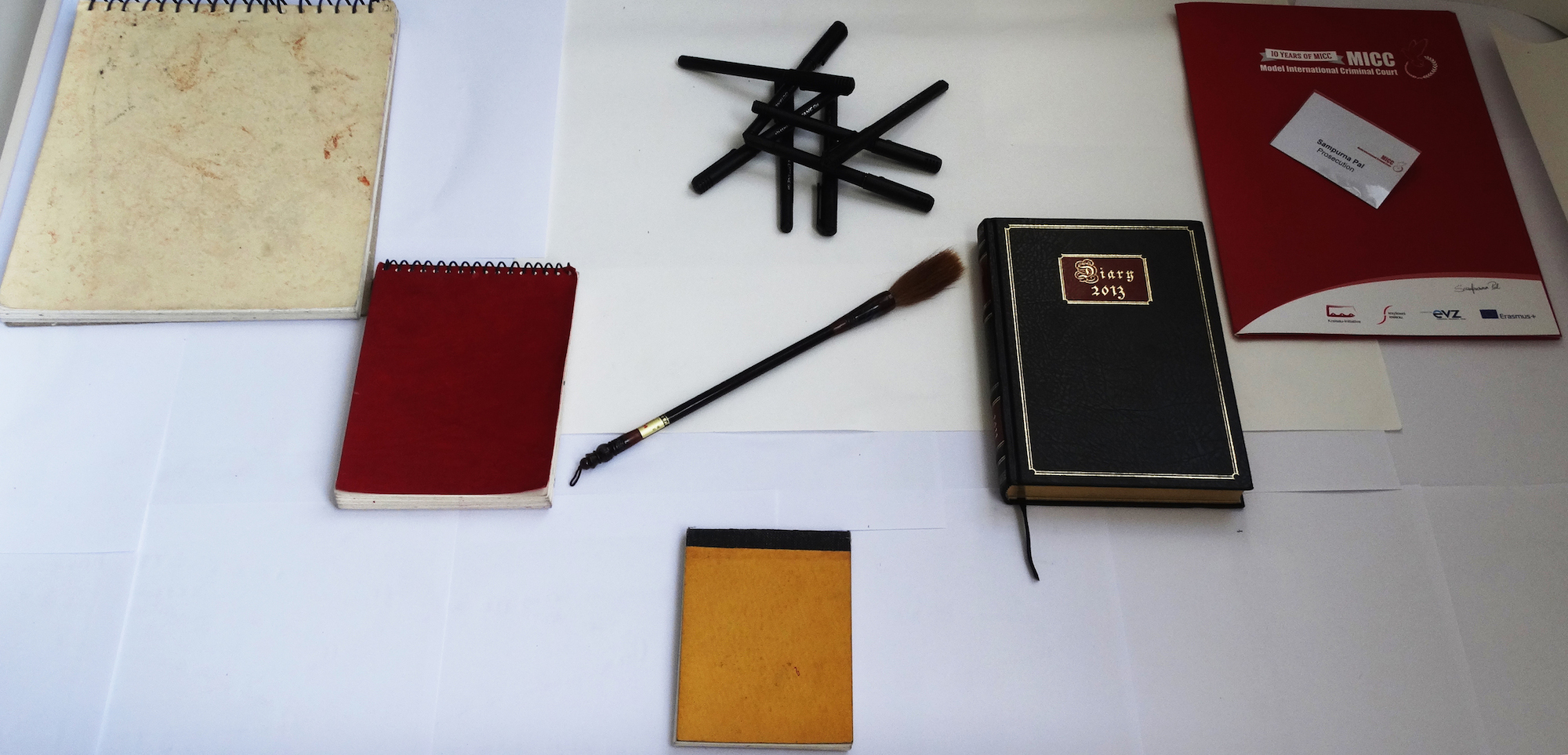
Part 1 of 2: Here Sampurna presents her final school project / video, followed by an interview with EAS artist
and staff member Victoria Ayala about her inspirations for studying in the Netherlands
and her intellectual adventures upon arriving...
Artist statement
I am interested in expression, not just as an act, but rather how it responds in relation to its circumstances--the psychology and mostly the subtle almost-imperceptive factors that work as a coordinator.
I was working on the repression-resistance relationship in context to the recent political situation in India regarding caste-politics, minority issues, institutionalization of media and academia among others, but also trying to find a trans-historical pattern in which expression has been threatened in an apparent or subtler manner.

Talking about politics and psychology, I am interested in using a checkerboard pattern while taking measures towards distortion, such as crumpled papers and creases; namely to be quite literal about the psycho-emotional situations of the inhibitors. I am interested in layers, as there are, evidently in the way facts are curated and distributed. The video continues as a pleading to pay attention to the slow build up.
As part of my research, I have taken part in MICC (Model International Criminal Court) World which is a workshop for international criminal law; fragments of which will also be present. I wrote down things I have read and watched, as the process of writing for me works as processing the information like a filter, making sure that every single word has its share of attention. And finally a text is read, trying to tie the whole thing into comprehension.
Click here to see entire video
-----------------------------------------------------------
INTERVIEW:
Was your trip to the Netherlands a study abroad opportunity or an internship of some kind?
I was on an International Academic Exchange Programme representing my home university from India, Kala Bhavana, Visva Bharati at the Royal Academy of Art (KABK), The Hague, Netherlands from January to July 2016.
What was your experience abroad like?
It was a genuinely rewarding experience and widened my horizons in terms of both technique and expression. This was my first time experiencing international exposure in terms of real-time manifestation and it introduced me to the rich cosmopolitan Dutch culture. From the carefully and eloquently curated museums to the bold and rebellious graffiti, to the well-organised auditoriums, to the bands of street-performers, it was a feast of the senses which nourished and enriched me in many ways that words feel insufficient to articulate in comprehension.
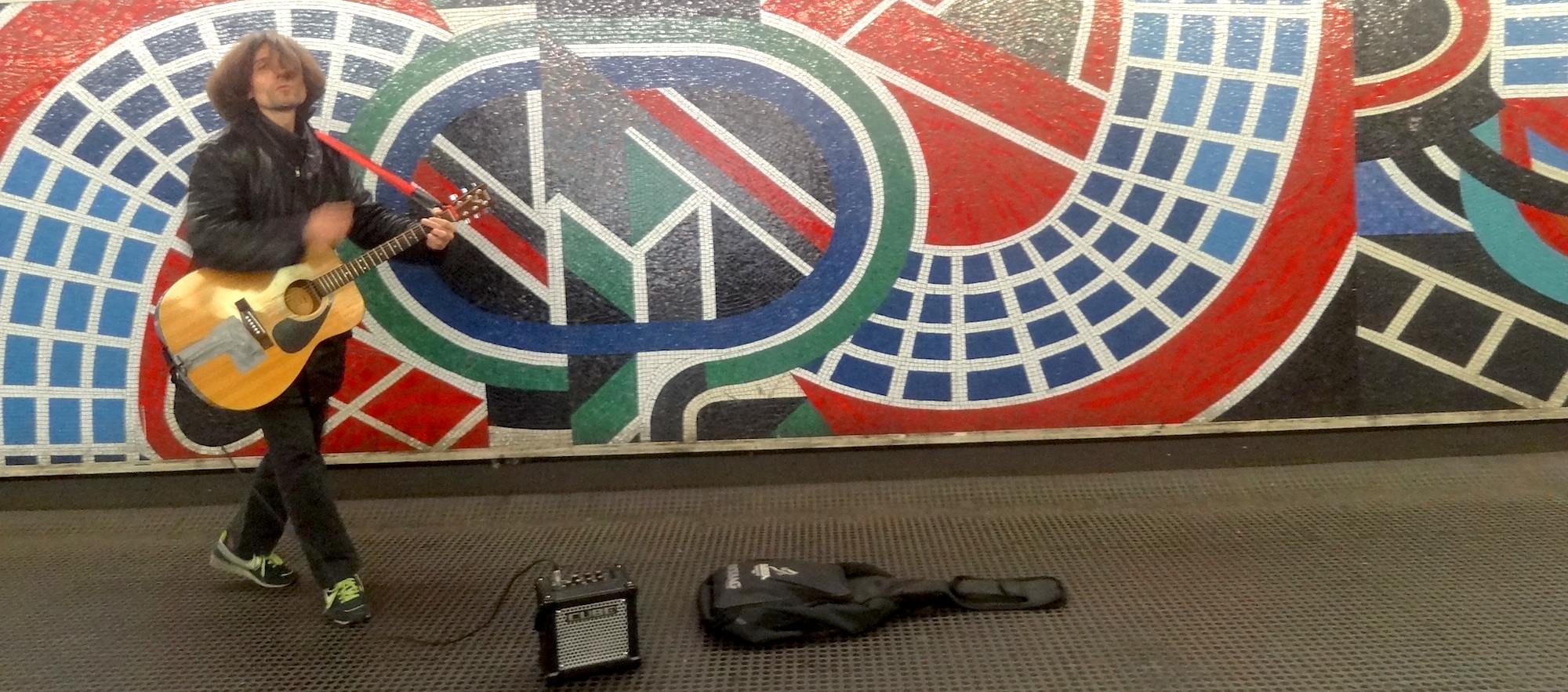
What caught your attention about this particular country?
The opportunity of going on an exchange program is always rewarding, but the privilege of experiencing the academic environment of the Royal Academy of Art (KABK) was, to me, unique for various reasons.
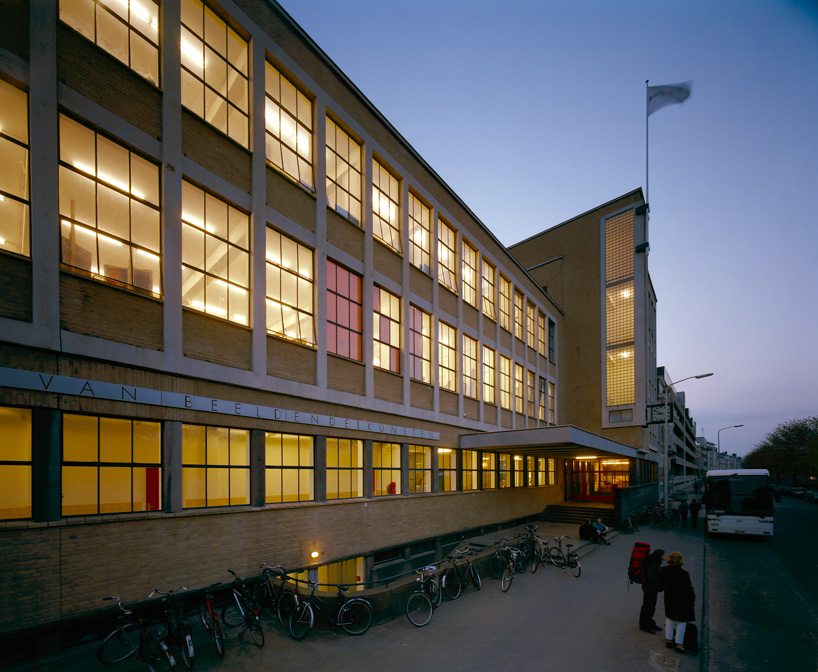
First, the establishment of the academy goes all the way back to the seventeenth century (1682), making it the oldest in Netherlands and one of the oldest in the world. It seems an event of unique importance because I, coming from a university more than a century old, have known for a fact that the assets of this kind of academic institution are not just its equipment, study materials, technical support or various other material aspects, but instead, its very ambience, which often carries an underlying air featuring a unique character of its own.
Dutch culture is not something I was entirely unfamiliar with. I think I was first introduced to it in geography classes, when I came to know about the term 'Polder'; followed by a story about a young boy (called Frank or Hanse) who, one day, while returning from school discovered a hole in a wall built to keep the ocean at-bay. He fastened his fist into it and stayed there all night until the morning broke; when adults finally came looking for him, they realized he had saved the village from flooding .
In later years, I was gradually introduced to a number of Dutch artists; notable among them are Rembrandt, Vermeer, and of course, Vincent Van Gogh; each of them having their unique ways to appeal to your eyes.
Rembrandt, with his mysterious light and shadow, especially in the works of his later days, gives you an almost spiritual experience. Vermeer, with his use of the Camera Obscura and his refined colour palette.
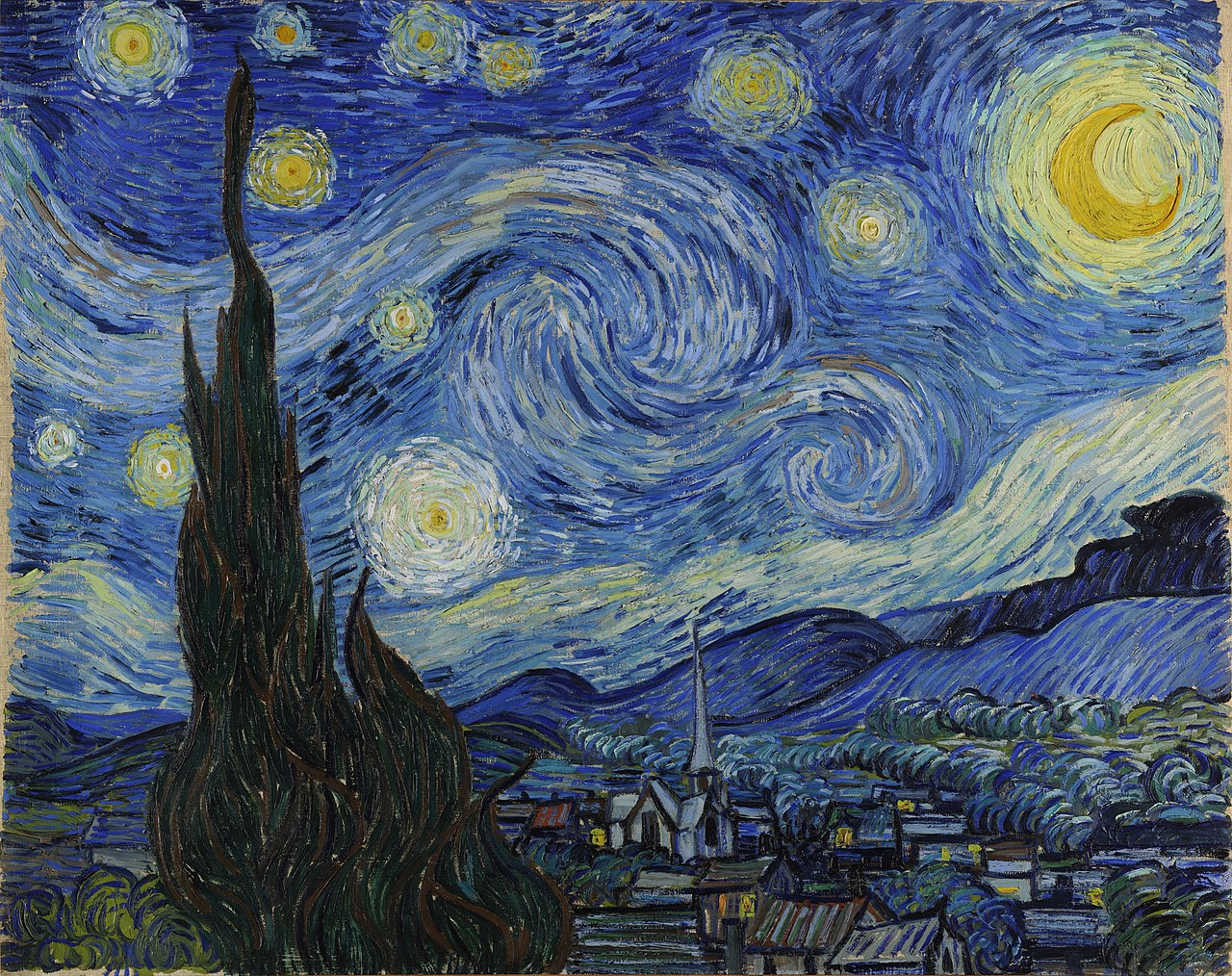
Finally, Van Gogh, who does not wait for anyone’s permission, he just breaks into your consciousness and while you are tending to get a little more attentive, he says words like :
'...Looking at the stars always makes me dream, as simply as I dream over the black dots representing towns and villages on a map. Why, I ask myself, shouldn't the shining dots of the sky be as accessible as the black dots on the map of France? Just as we take the train to go to Tarascon or Ronen, we take death to reach a star.'
His paintings explode with colors and turbulent brush strokes, threatening, attacking, electrifying and extravagant. No wonder he was a misfit.
Another old associate was Anne Frank, perhaps the dearest of them all. I can recall reading her journal for the first time and being silenced. I sobbed. I recognized her at once--her developing self-awareness, the problems of growing up, the frustration felt when grownups don’t understand and treat you like you are too young, the craving for expression and acknowledgement, hopes, ambitions and the desire to become something more than she is--the dream 'to go on living' even after death.
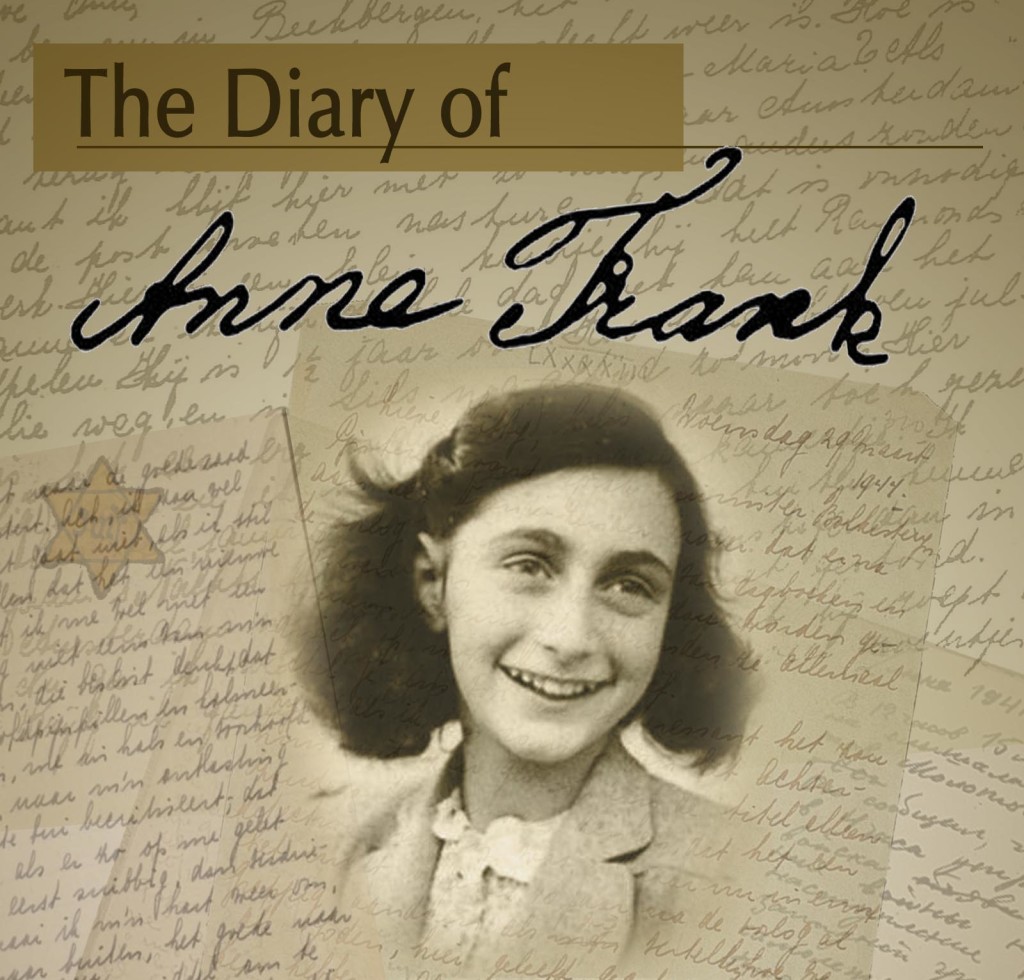
The words she wrote growing up between the ages of thirteen to fifteen, I got them in an absolute way because I was fifteen, too. And she was just like me, including the habit of keeping a journal, except for one thing; she lived under extraordinary conditions, with the threat of death hanging over her and yet, she was just like me.
Even today, after re-reading it quite a few times, it still aches. What if they could sustain a few more days? What if the betrayer could consider that a person, any person, is worth a lot more than five gulden? What if she just lived?
It never fails to make me wonder how life has a way of choosing things. Consider this: on one hand you have the shrewd, fanatical Fuhrer, with his guns, Gestapo, gas-chambers and his obscene dictatorial dreams; and, on the other hand, you have Anne, warm and intelligent, resourceful in her inner life, imprisoned by all possible means. Even forbidden to use the toilet when she needed; hardly a match. Half a century later, the Fuhrer and his imperial dreams exist only in the pages of history books; while Anne, who wanted to become a writer, did become one. And she still continues to live, not just in the pages of the book she wrote, but also in the hearts of the millions who read it. She went on living even after her death. She lived up to her dreams. Her voice lived, outlasting the 'shouts of murderers' and rumble of gunfire; not because it was loud, but because it had the tranquility of truth, the innocence and wonder of adolescence and, most importantly, in the most desolate of times, she dared to dream.
People who could not fulfill their dreams, or perhaps don't have them, might often try to convince you that dreams are impractical. But this is my good reason to make peace with them. This is not a story: stories can hardly bear the strain involved here. This is a diary, an account of a life, lived. And it was surely an honor to visit a land that homed a girl like her.
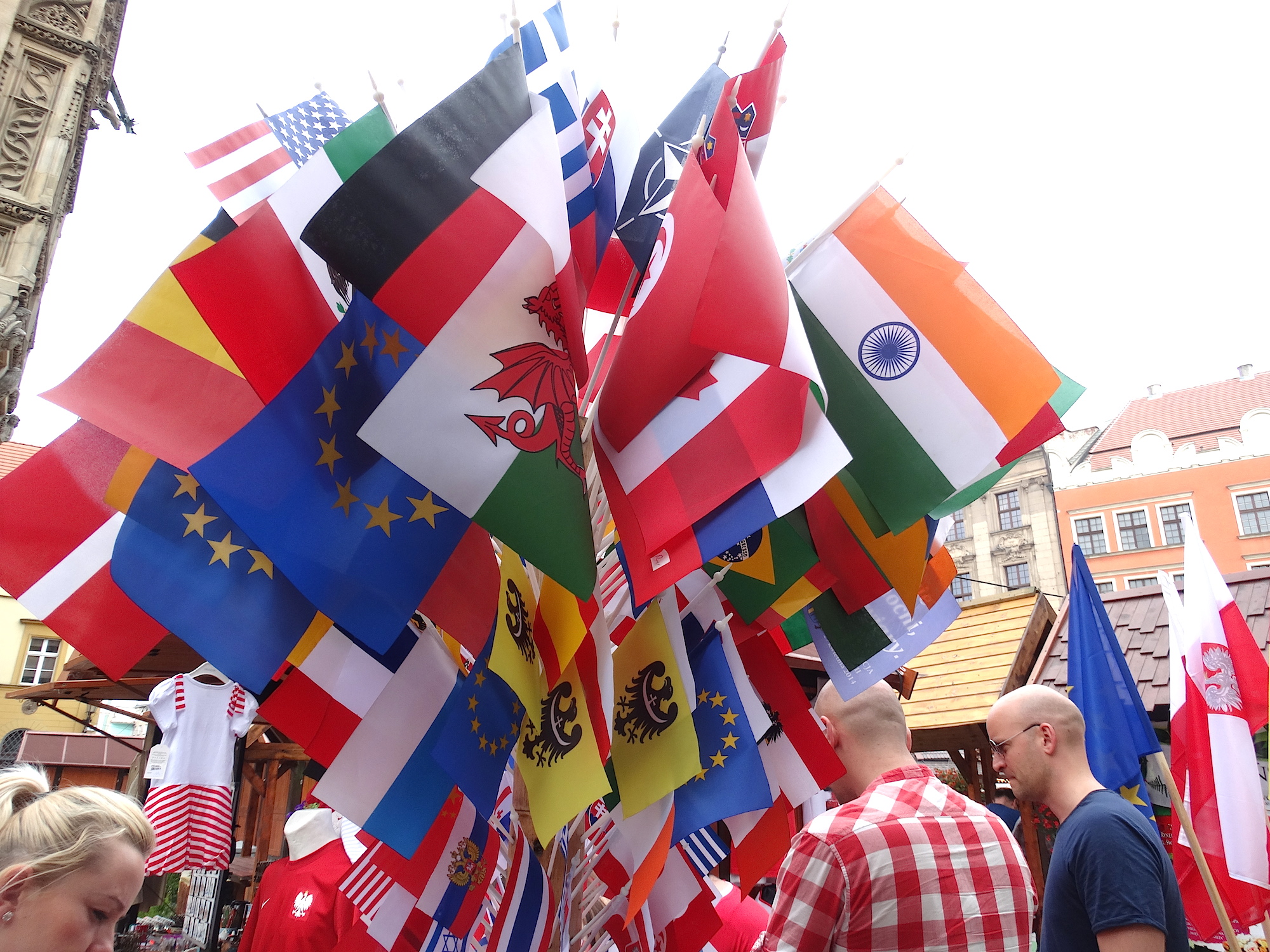
Finally to conclude, the Netherlands is known to be a country tolerant and liberal--legalizing really sensitive issues like abortion, euthanasia and prostitution. Being the first country to legalize same-sex marriage, combined with a history of providing refuge for the persecuted, it keeps an accordance with its repute to be modern and human.
When it comes to the art and artists, it always seemed to me that there are two kinds of them: artists who create artistically about their lives, and artists who live artistically and create about it. I aspire to belong to the second kind. I imagine how the experience of visiting a culture different from my own could be really useful for gaining a broader understanding about people and life.
(Snapshots provided by Sampurna Pal)
To be continued... Join us soon for Part 2 of Sampurna’s Interview where she shares more about her personal experiences and growth as an artist in the Netherlands...